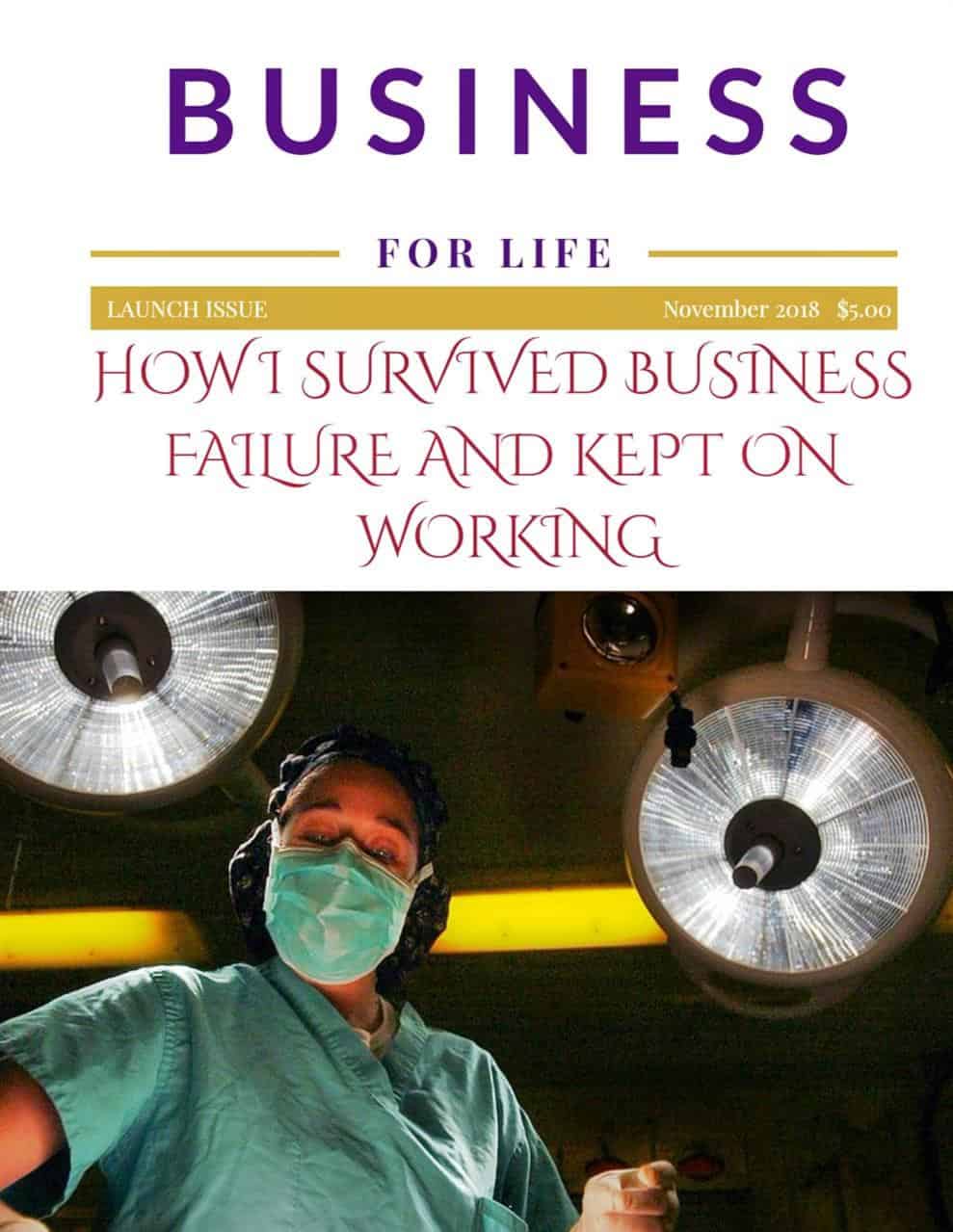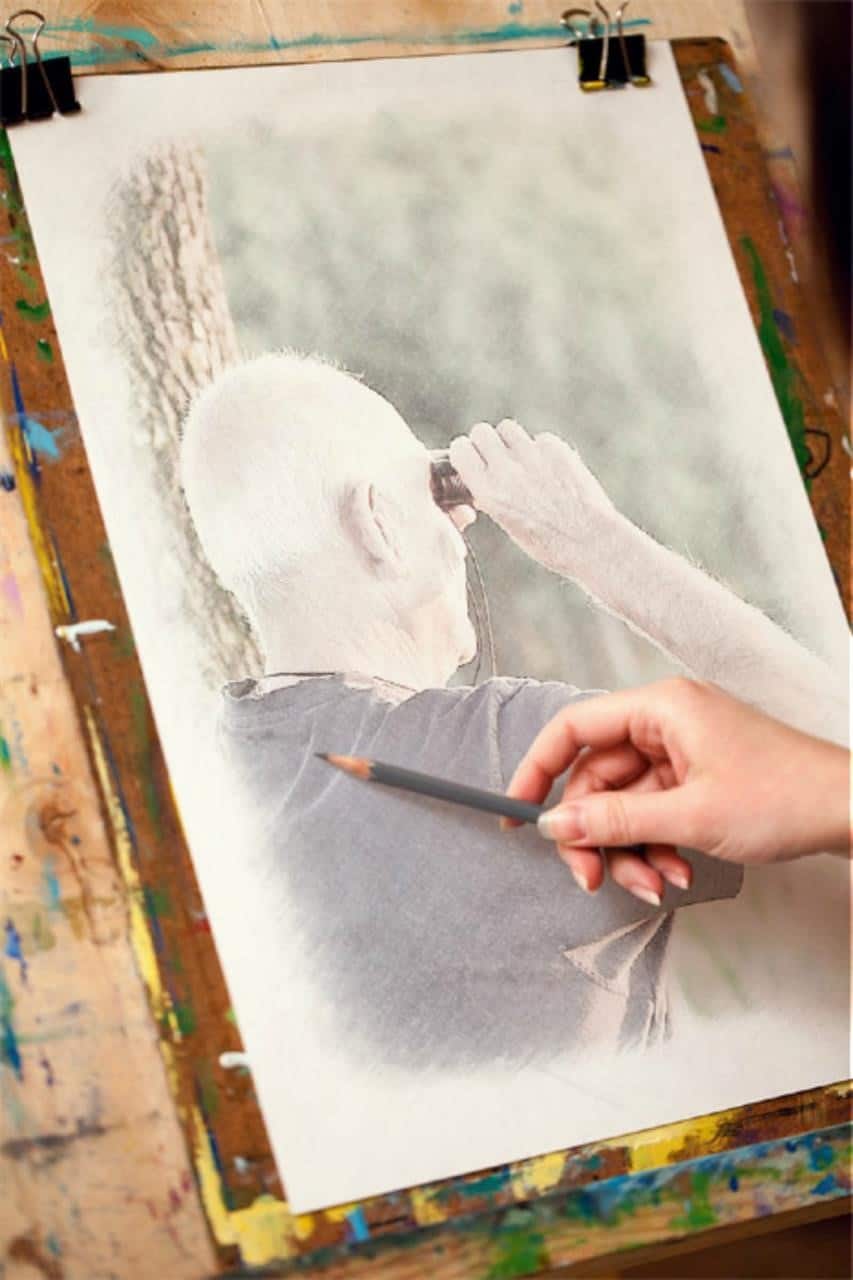Stalking horse asset purchase agreement: Introduction
In my July 2015 blog, “STALKING HORSE BID: DO YOU REALLY WANT TO STALK YOUR HORSE ANYWAY?”, I defined and described the stalking horse bid process in the Canadian insolvency context. In my November 2017 vlog, “FILING FOR BANKRUPTCY PROTECTION: THE WEINSTEIN COMPANY RETAINS ATTORNEYS FOR POSSIBLE BANKRUPTCY PROTECTION FILING”, I described the (then) financial condition of The Weinstein Company (TWC) and correctly predicted that it would have no choice but to ultimately file for bankruptcy protection. The purpose of today’s vlog is to provide an update on TWC’s bankruptcy protection filing. My expectation that on April 6, 2018, the US Bankruptcy Court will approve a stalking horse asset purchase agreement.
Stalking horse asset purchase agreement: Stalking horse agreement definition
As a refresher, the stalking horse bid process is, an effort by a company to look at the marketplace ahead of an auction. The intent is to make the most of the value of its assets. This is done as part of normally what is a court supervised public auction sale. It is common to being used in a bankruptcy case.
Stalking horse asset purchase agreement: How a stalking horse bid works
The insolvent company in bankruptcy protection, canvasses the marketplace. It comes up with what it determines to be, under the circumstances, the best possible offer. The insolvent company and the potential purchaser, enter into a stalking horse asset purchase agreement. The potential purchaser allows its stalking horse bid to go public.
While entering a stalking horse asset purchase agreement, the company can use bidding process protections. An example is breakup charges. This protects the stalking horse bidder prior to the public auction sale. These incentives improve the worth of the offering for the stalking horse buyer. This process may bring about a far better offer before the public auction starts. This greater deal is currently the beginning deal for the public auction. The aim is to produce the best possible offer.
Stalking horse asset purchase agreement: How did the stalking horse offer process get its name?
This type of bidding process gets its name from the use of a stalking horse in hunting. The hunter uses a horse, or a screen made in the shape of a horse. The hunter stays concealed when stalking prey.
The stalking horse bid becomes “the stalking horse”; the “animal” used to attract the “prey”, being other bidders.
The terms of the sales process would show by what minimum amount any other bid must beat the stalking horse bid. That minimum amount would have to be at least the amount of the break fee. The break fee is compensation for stalking horse bidder. It attempts to compensate for due diligence time and costs if they don’t win the deal.
Stalking horse asset purchase agreement: TWC bankruptcy case
In the evening of March 19, 2018, TWC filed for bankruptcy protection in a Delaware Bankruptcy Court. The reasons for the filing were twofold: (i) TWC had canvassed the marketplace and had obtained an offer to purchase its assets by a stalking horse buyer, Lantern Capital; and (ii) to have a Court supervised forum so that both a sale and transfer of the assets can take place and all claimants can make a claim against the resulting cash. TWC announced that anyone subject to a non-disclosure agreement (NDA) was now released. No doubt this will lead to more allegations and claims.

Stalking horse asset purchase agreement: The stalking horse purchase agreement
Variety reported that Lantern Capital, a Dallas based private equity firm, entered into the stalking horse asset purchase agreement with TWC. Variety stated Lantern’s bid offers $310 million in cash, plus assuming up to $114.5 million in liabilities connected with TV and film projects, for a total stalking horse bid of $424.5 million.
If approved by the Delaware Bankruptcy Court, this will serve as the floor for other bidders. There is a hearing scheduled for April 6 in Delaware, at which time the Bankruptcy Court is expected to approve this stalking horse bid and the entire stalking horse process. As currently drafted, all other bids must be submitted by April 30. The bids will then be vetted, discussions will take place and TWC will then appear again in Bankruptcy Court to recommend which offer is deemed to be the best and be approved and completed. No further information is available at this time.
Stalking horse asset purchase agreement: Does your company have a buyer but might need a Court-supervised process to finish a sale?
In next week’s vlog, I will provide a case study of how we used a stalking horse asset purchase agreement Bankruptcy Court supervised process to sell the assets of an insolvent company. The successful sale also continued employment for many people.
Is your company facing financial hardship, yet its assets are attractive to multiple potential purchasers? Perhaps you need to be thinking of using bankruptcy protection to maximize the value of the company’s assets through a sale. This process can also continue employment for both you the entrepreneur owner and for many of your current employees.
The Ira Smith Trustee & Receiver Inc. Team understands the pain you are going through trying to keep your company alive while trying to negotiate with potential purchasers. We understand that you are playing beat the clock, and the pain and stress you are feeling thinking that you may just run out of time. The bankruptcy protection process can ease this stress and provide a level playing field so that no potential purchaser takes advantage of you.
The Ira Smith Team has a great deal of experience in running a stalking horse stalking horse asset purchase agreement. The stress placed upon you due to your company’s financial challenges is enormous. We understand your pain points. Call the Ira Smith Team today for your free consultation. We can end your pain and put your company back on a healthy profitable path, Starting Over, Starting Now.













